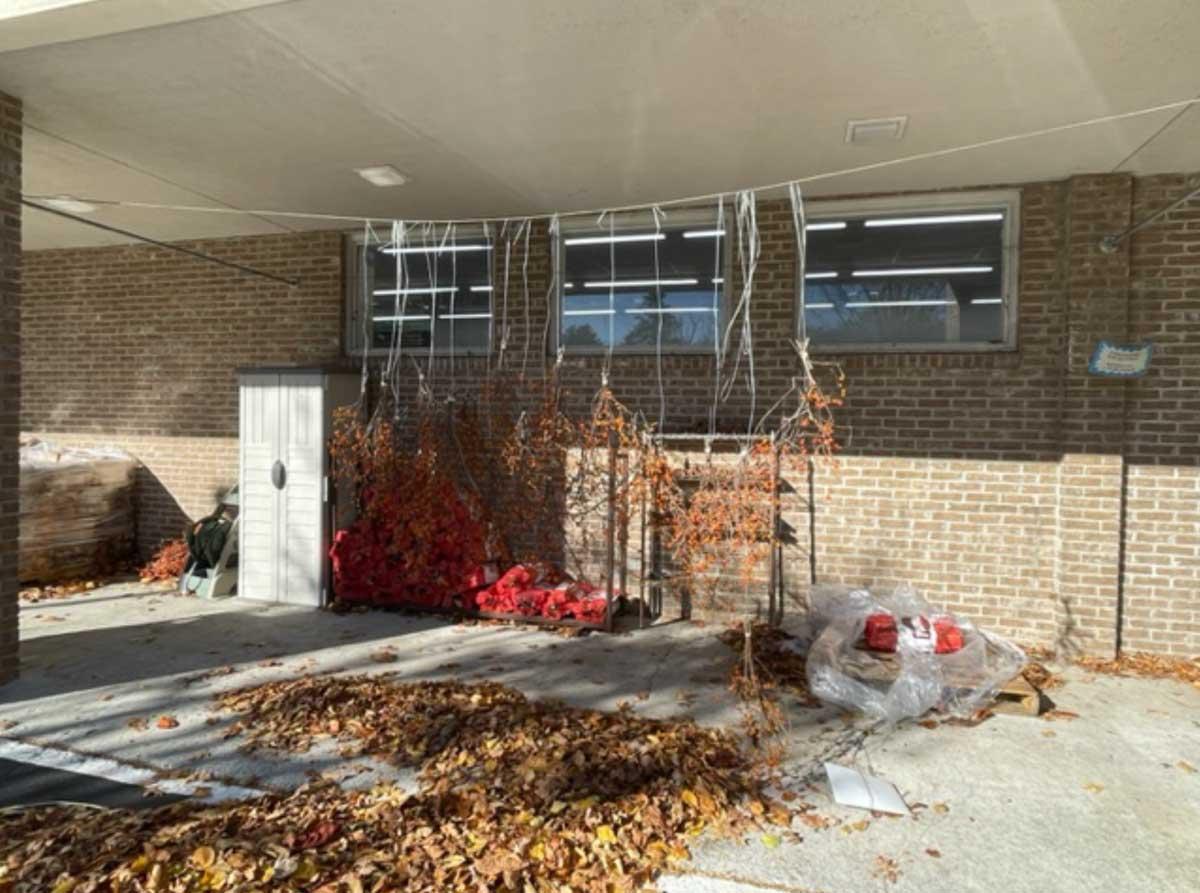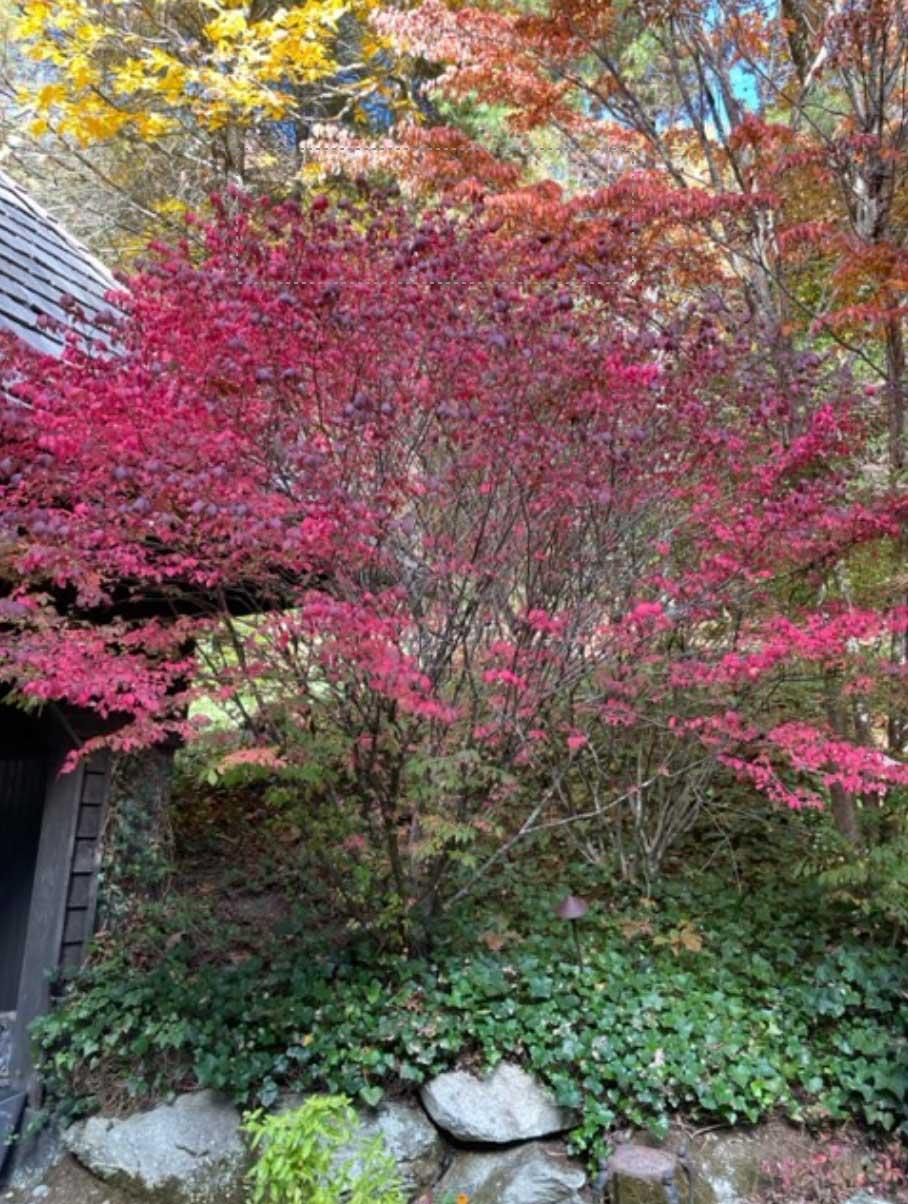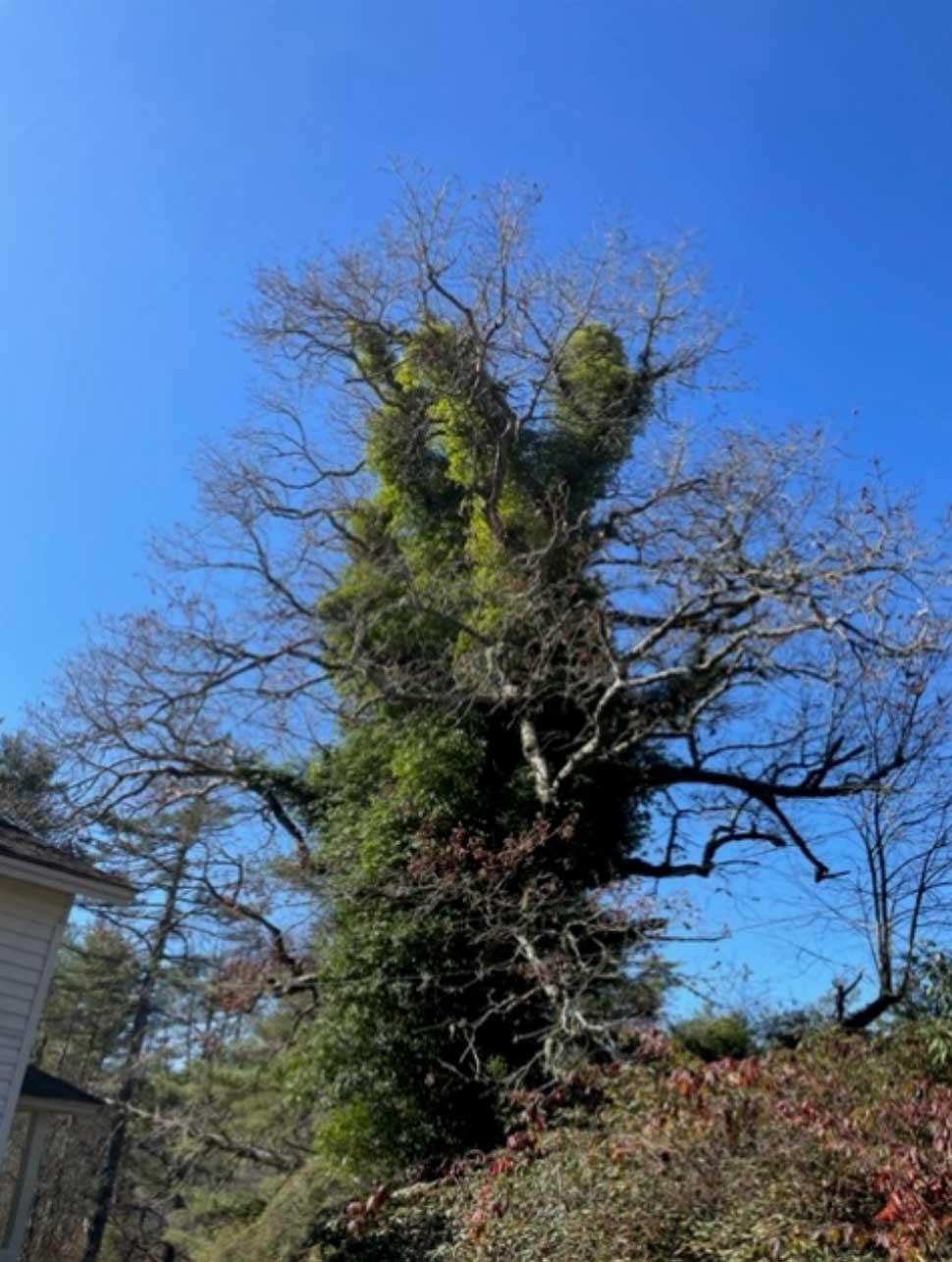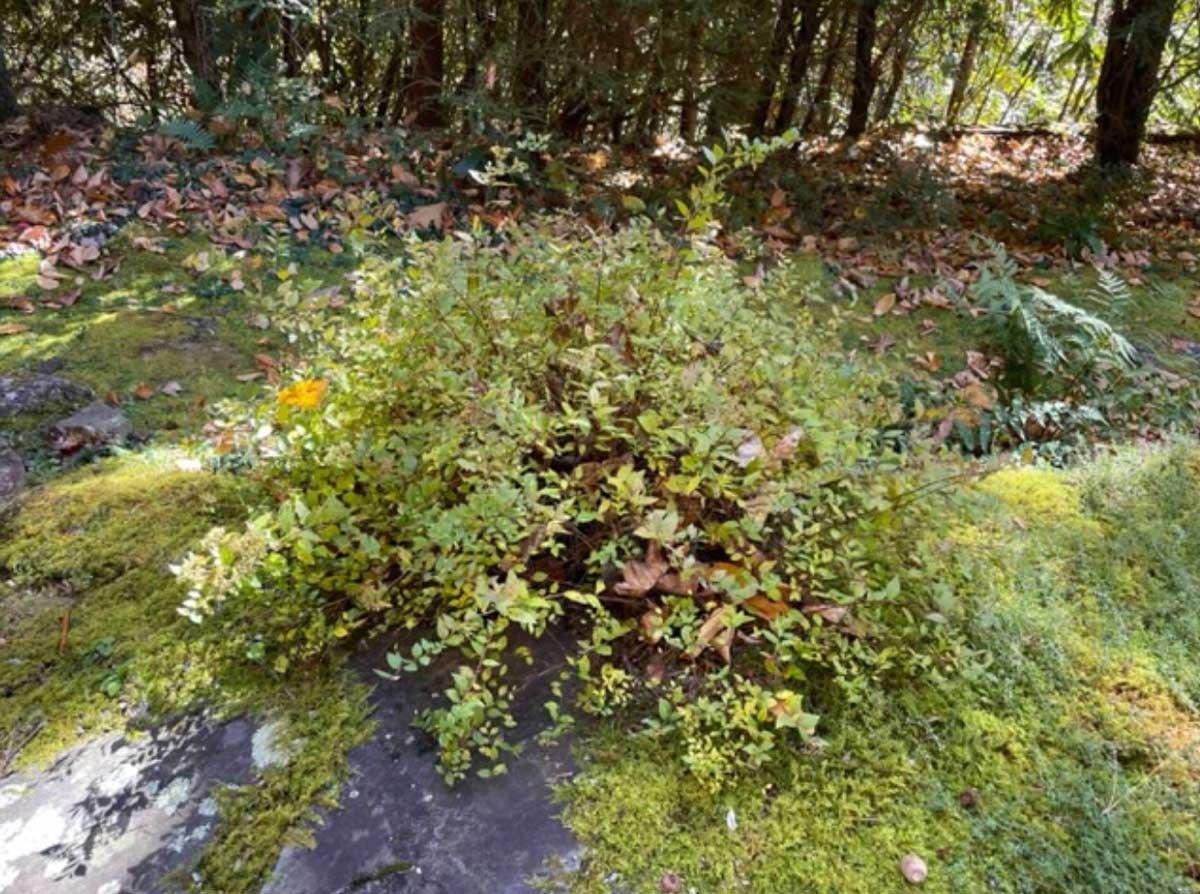Non-native invasive plants threaten the health of our local ecosystem. Interactions between native plants and animals are the foundation of a well-functioning ecosystem, and non-native species disrupt these interactions and limit the ecosystem's productivity. Here are a few non-native plants to root out of your garden and our community.
Oriental Bittersweet

This plant is often purchased and used for fall decorations. Birds love to eat the seeds, but they are the equivalent of junk food. The birds disperse the seeds far and wide, introducing this strangling vine to our ecosystem and out-competing our native plants. If you use the seeds of this plant in your decorations, please be sure to dispose of them properly to prevent the seeds from germinating in your yard (better yet, don't use these plants for decoration)
Burning Bush

Burning bush is sold and planted for its bright red fall color. In the fall, this plant produces berries eaten by local birds, who disperse the seeds, allowing them to grow unchecked in our beautifully diverse woodland.
Please consider removing these non-natives from your garden or preventing dispersal by pruning the seeds away in the fall. Some tremendous native species that display excellent fall color include high-bush blueberries, fothergilla, and sassafras.
English Ivy

English ivy grows very well in our ecosystem, so well that it can smother out nearly all other plants, creating a dense patch of ivy. Given enough time, this ivy patch will grow unchecked and reduce the plant and animal diversity in your garden. Ivy grows up trees and can eventually cause them to fail due to the ivy slowly shading out the living branches of the tree. A great native alternative to this evergreen ground cover is galax.
Japanese Spirea

Japanese Spirea is often planted for its compact shape and pink or white flowers. The seeds produced after the blooms have faded are easily dispersed and tend to germinate in inconvenient places such as the nooks of your rock wall or grow prolifically in our wetland communities. If you have this plant in your garden, be mindful to remove and dispose of the faded blooms to prevent the spread of this non-native.
